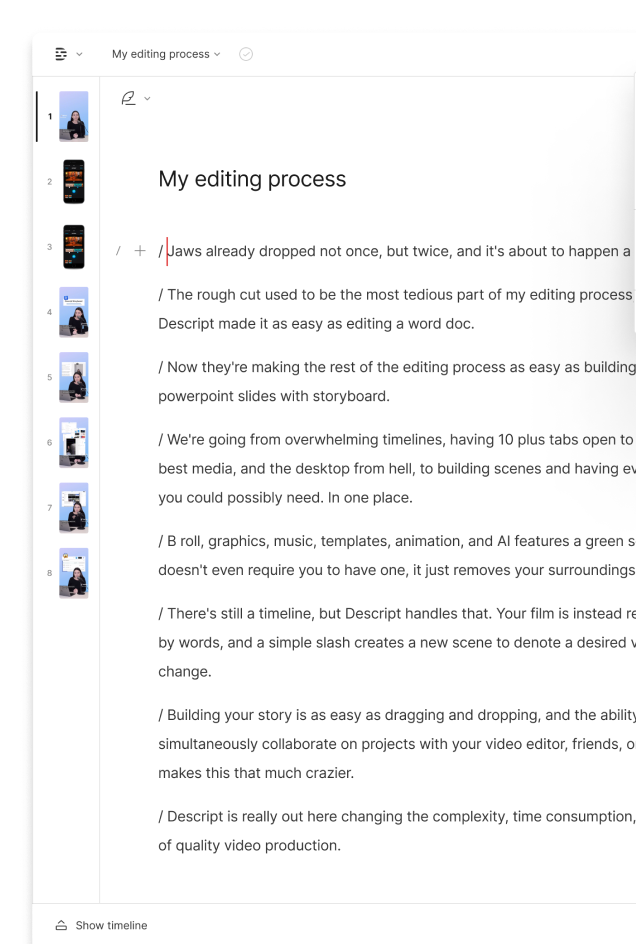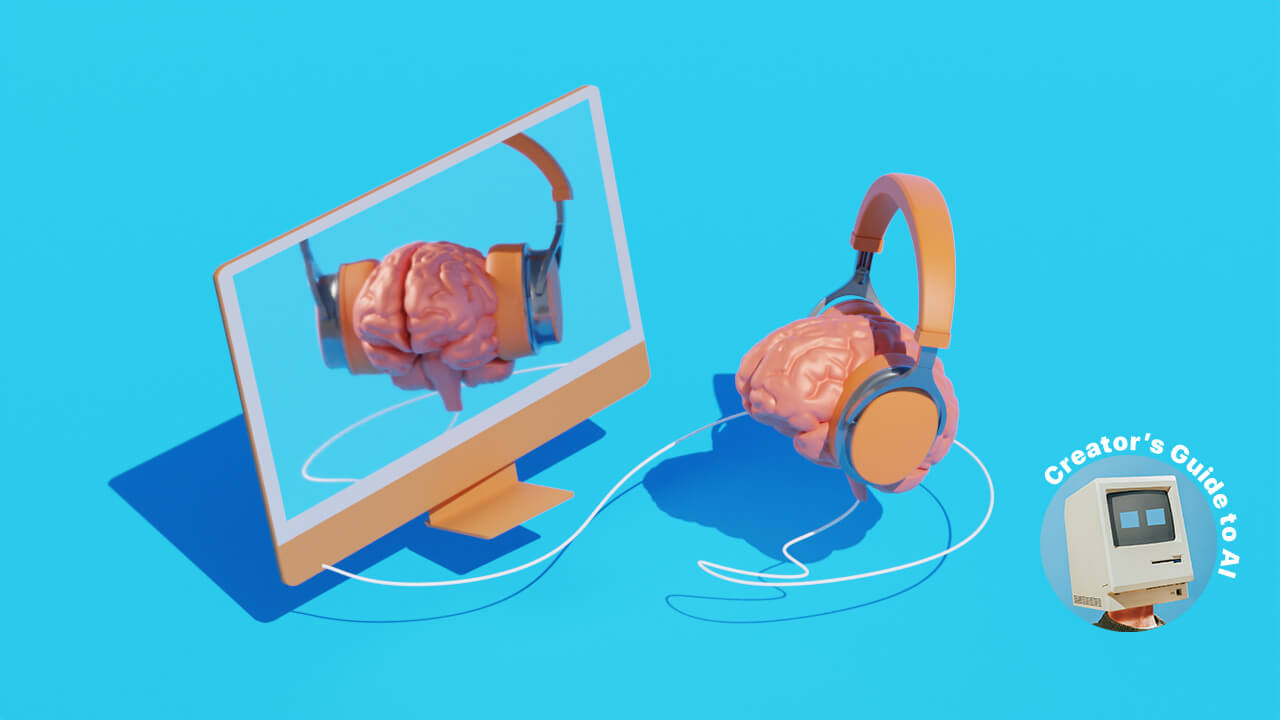What type of content do you primarily create?




The most important step towards building a successful podcast with an engaged audience is creating interesting, compelling content. But somewhere along the way, every podcaster will come to the same inevitable realization: If I’m going to take this seriously, I need a better microphone.
The best podcast microphone is the podcast microphone that’s right for you. For the uninitiated, differentiating one microphone apart from another is no easy task. We’re here to help, so you can get back to the important stuff: creating great content, knowing it sounds great all the while.
To choose the right microphones for podcasting, you’ll need to consider the following:
- How you’ll connect the microphone: USB (plug ‘n play) or XLR (requires additional hardware)
- The difference in sensitivity between condenser and dynamic microphones
- The space you usually record in
- The number of people you’ll usually be recording
USB (plug ‘n play) vs. XLR (additional hardware) input
There’s a lot to be said for something that just works, and that’s why USB microphones are popular. USB ports are ubiquitous, so there’s a very good chance whatever you’re using to record your podcast has a USB port built in. XLR microphones require additional hardware — an audio interface or mixer — to connect to your computer, but offer flexibility and versatility that USB mics can’t match. Audio interfaces, used widely in professional recording studios, will add additional audio routing and processing capabilities to your recording setup.
USB microphones are plug ‘n play, so all you’ll need to do to get them up and running is make sure that you’ve selected the right microphone in the “Input” panel of your podcasting software. For Alban Brooke, head of marketing at podcast host Buzzsprout, that simplicity and ease of use goes a long way. “Your time should be spent podcasting, not learning how to record, edit, or upload your podcast,” he says.
Some USB mics we like: Blue Yeti, Samson Q2U, Røde NT-USB Mini.

One key benefit XLR mics offer over USB mics is the lower noise floor provided by the audio interface or mixer, which essentially acts as an external sound card. “Audio interfaces are a must for good sound,” says Kate Astrakhan, founder and CEO at professional podcasting agency Podcast Network Solutions. “Get an Audio Technica ATR2100 and a Behringer interface, and for less than $200, you have something that will give you professional quality sound,” she says.
Some XLR mics we like: Audio-Technica ATR2100, MXL 770, Samson Q2U.
Some audio interfaces we like: Scarlett Focusrite 2i2, Behringer UM2, Behringer UMC202HD.
Dynamic microphones pick up less sound than condenser microphones, but that can be a good thing
As far as podcast microphones go, the choice is between dynamic microphones or condenser microphones. Each is built differently, and if you’re so inclined, you can read more about the science that separates these two kinds of mics. Practically speaking, dynamic microphones are less sensitive to sound and more physically durable than condenser microphones.
Dynamic microphones are capable of recording at far higher volumes than condenser microphones, which is why you’ll see the Shure SM-58 on concert stages worldwide. That’s not a selling point for podcasters — unless you’re recording on stage at a concert, which actually does sound like a great idea for a podcast.
Some dynamic mics we like: Audio-Technica ATR2100, Shure SM-58, Røde Procaster.
Because of their lower sensitivity, dynamic microphones roll off some higher frequencies and produce a “warmer” sound, akin to a classic “broadcast” or “radio” sound. Condenser microphones capture more nuance in vocal recordings than dynamic microphones, which can lead to a richer, more natural sound.

Some condenser mics we like: Blue Yeti, Røde NT1, Audio-Technica AT2020.
The increased sensitivity of condenser mics comes with a tradeoff: you run the risk of recording background noise alongside all that added nuance. “Condenser microphones pick up a lot more nuance than dynamic microphones, but for many people, that means a condenser will pick up a lot more unwanted background noise,” says Buzzsprout’s Alban Brooke.
A good way to mitigate unwanted background noise is to pay close attention to the space where you record your podcast.
Your recording space matters — even more than you might think
For quality audio, the space in which you’re recording is just as important as a good microphone. Not taking recording space into account is the most common mistake up-and-coming podcasters make, says Podcast Network Solutions’ Toby Goodman.
“The number one thing podcasters don’t take into consideration is the room in which they’re recording,” he says. “You could buy a top-of-the-line microphone, put it in a bad room, and it would be like buying a sports car and trying to drive it off a mountain — it just doesn’t work.” His colleague Kate Astrakhan agrees. “The key to selecting a good microphone is first making sure your room is full of soft surfaces, not hard surfaces,” she says. “Then even if you buy the cheapest USB microphone available, your sound will be better than it would be otherwise.”

Soft surfaces are the key to dampening sound reflections. Buzzsprout’s Alban Brooke recommends a simple solution: “Record where there’s a lot of soft material to soak up the sound — for a lot of podcasters, this means a walk-in closet,” he says.
Might not be glamorous, but it definitely gets the job done.
Consider how many speakers you plan to record
When it comes time to record more than one person at once, it’s helpful to understand a microphone’s polar pattern. These patterns illustrate the directions in which a microphone picks up sound: in front and from both sides, but not the back, for instance.
Most podcasters should stick with cardioid mics, for solo speakers recording directly into a mic, and bi-directional mics, which records two speakers in front and in back. Some microphones allow you to choose from different polar patterns, so take that into consideration if you plan on recording multiple speakers with one microphone.
If you regularly record with additional speakers — if your podcast features a local co-host that records with you in person, for example — then investing in an audio interface is a must. Pick up an audio interface with 2 (or more) XLR ports and as many dynamic microphones as you need. With that setup, recording multiple people will be a breeze.
Choose the podcast microphone that’s right for you
No microphone is a magic bullet, but this guide will help you determine which works best for your podcast. Now, go forth and record some great content!





























%20(1).JPG)






